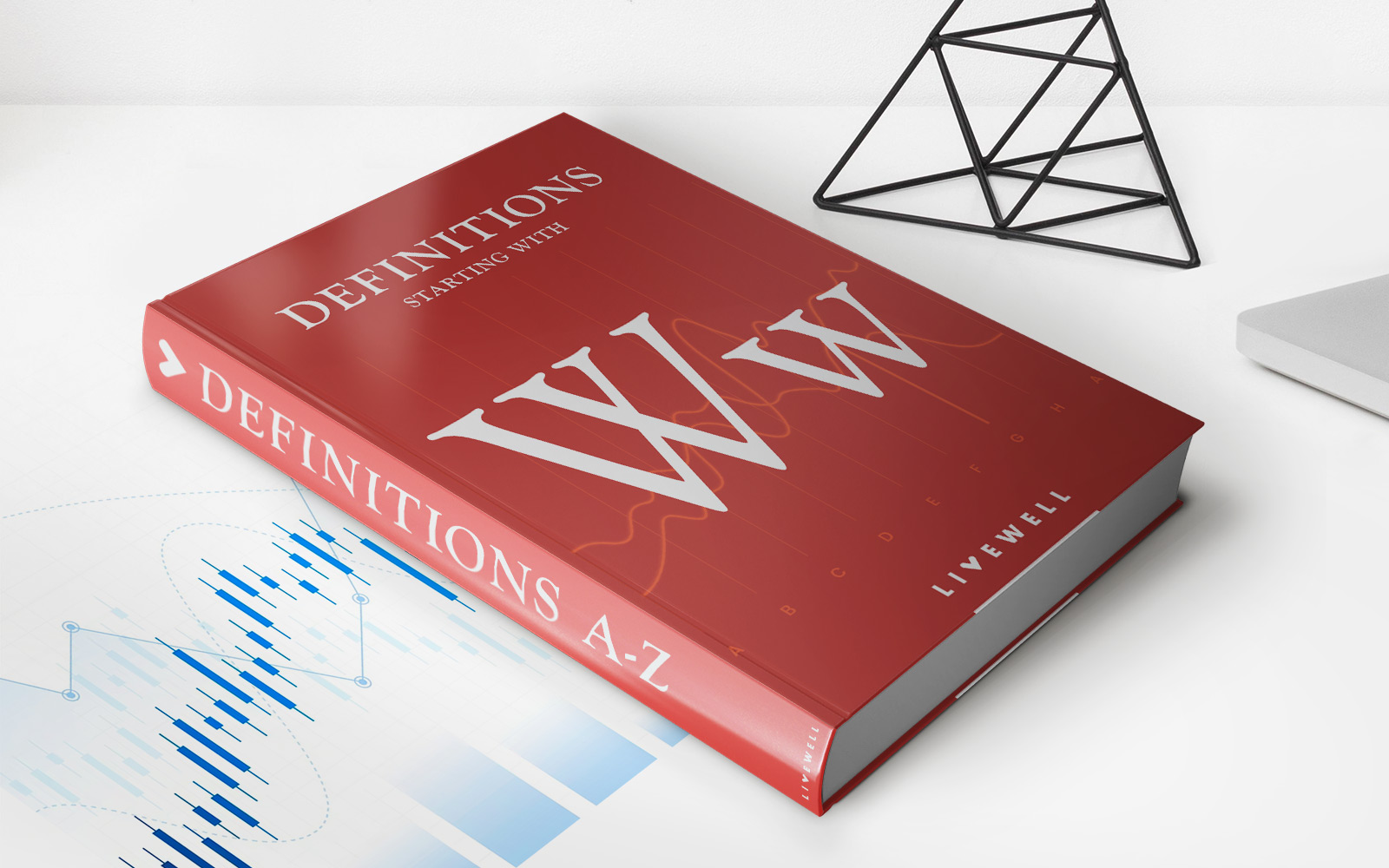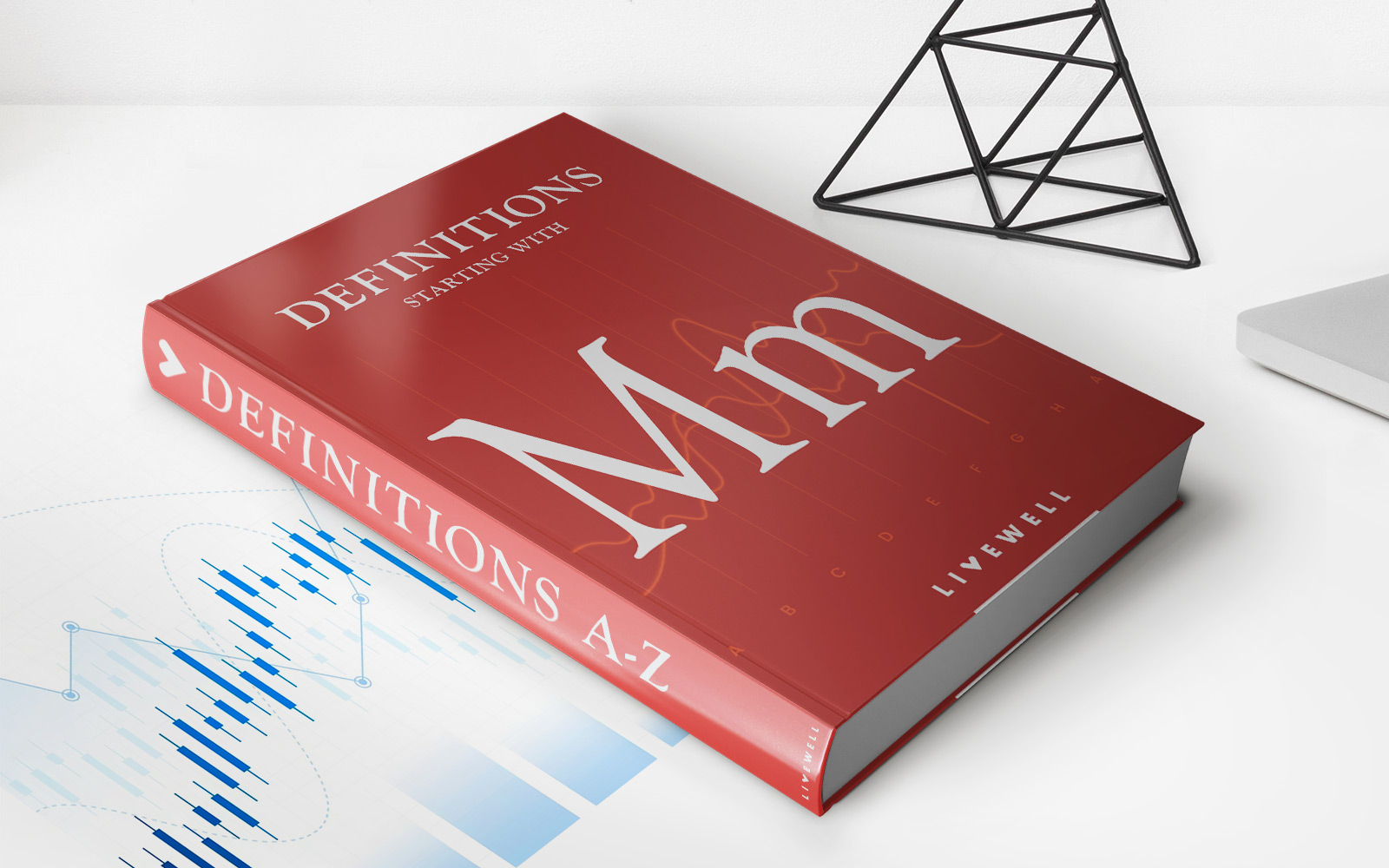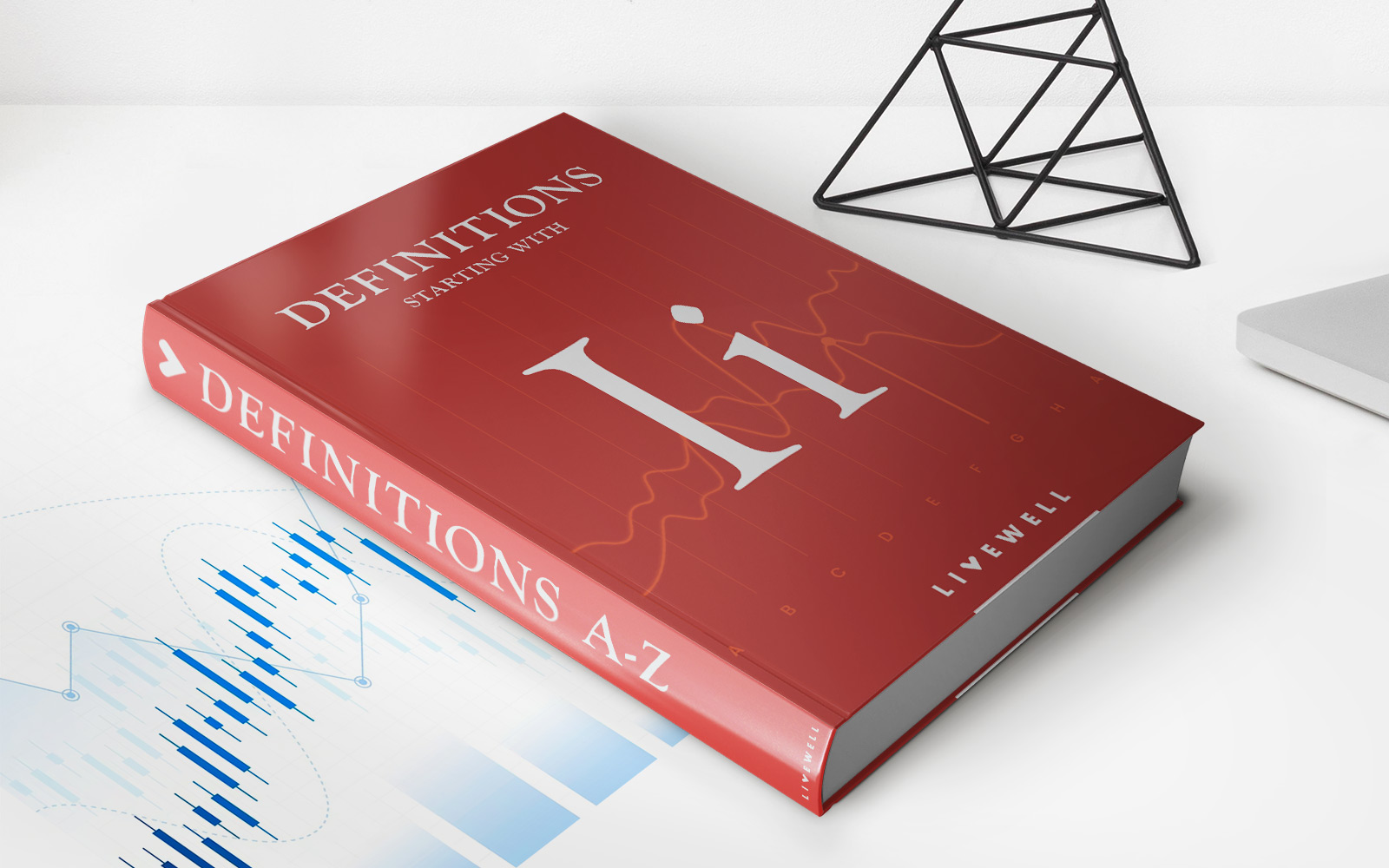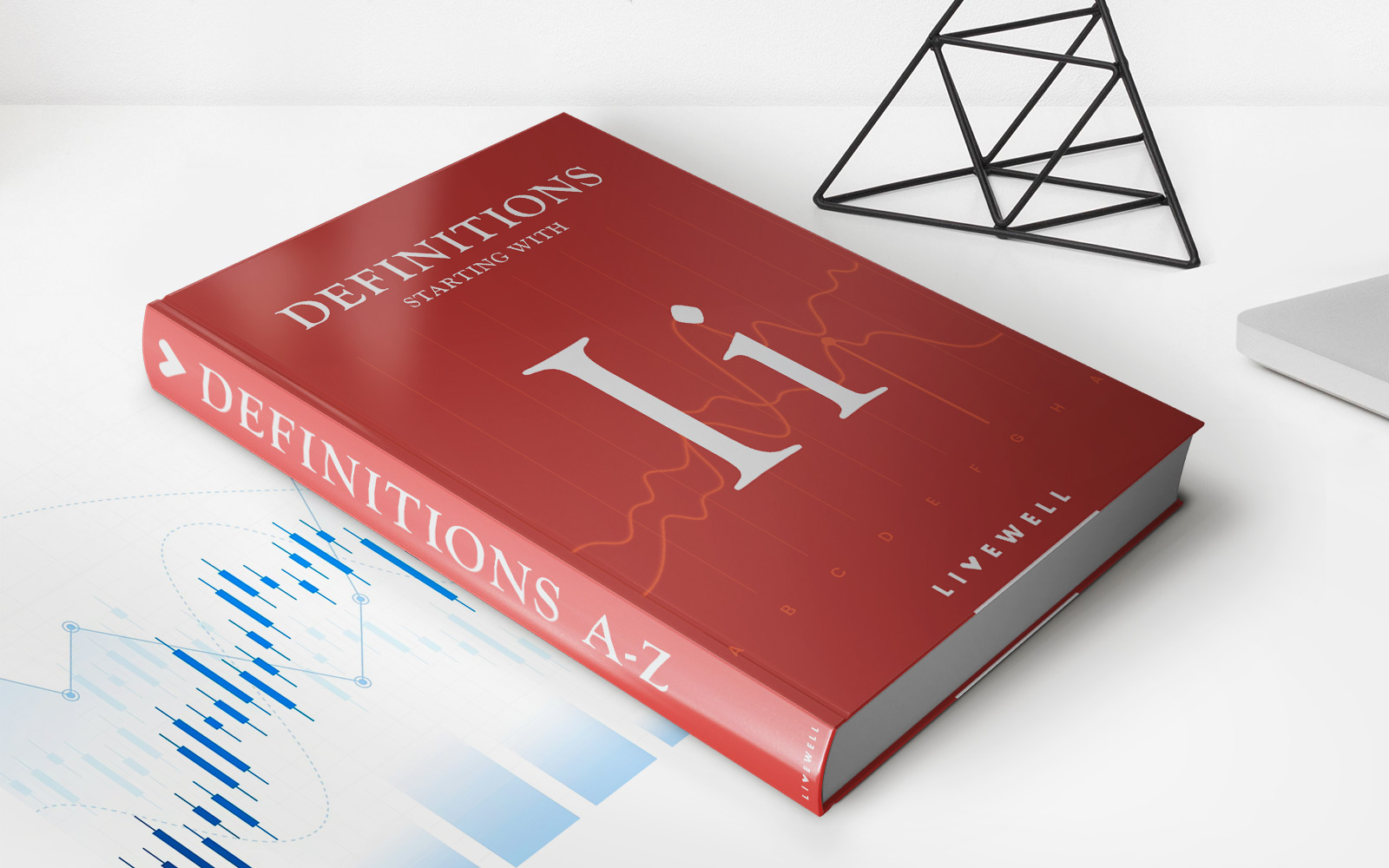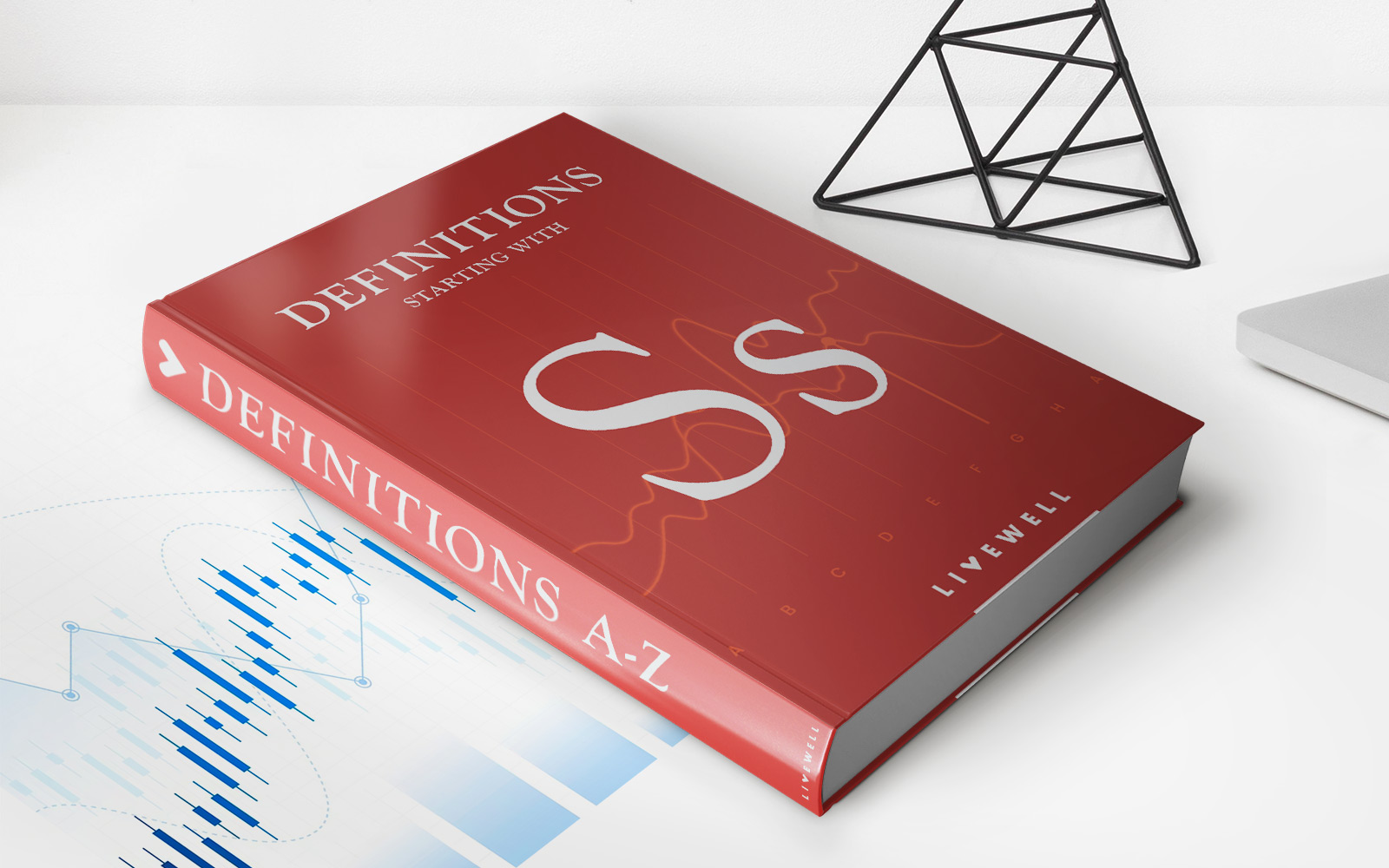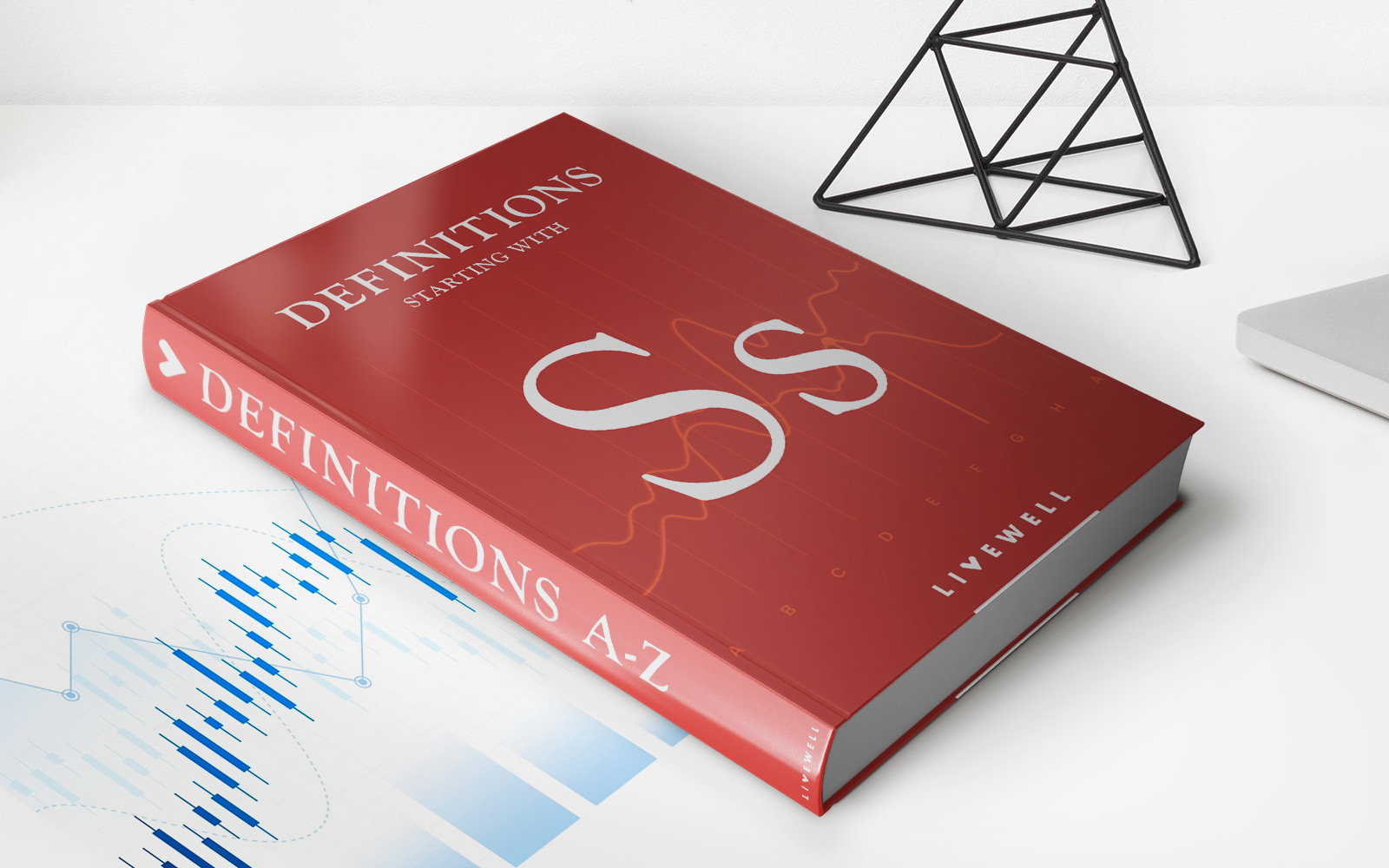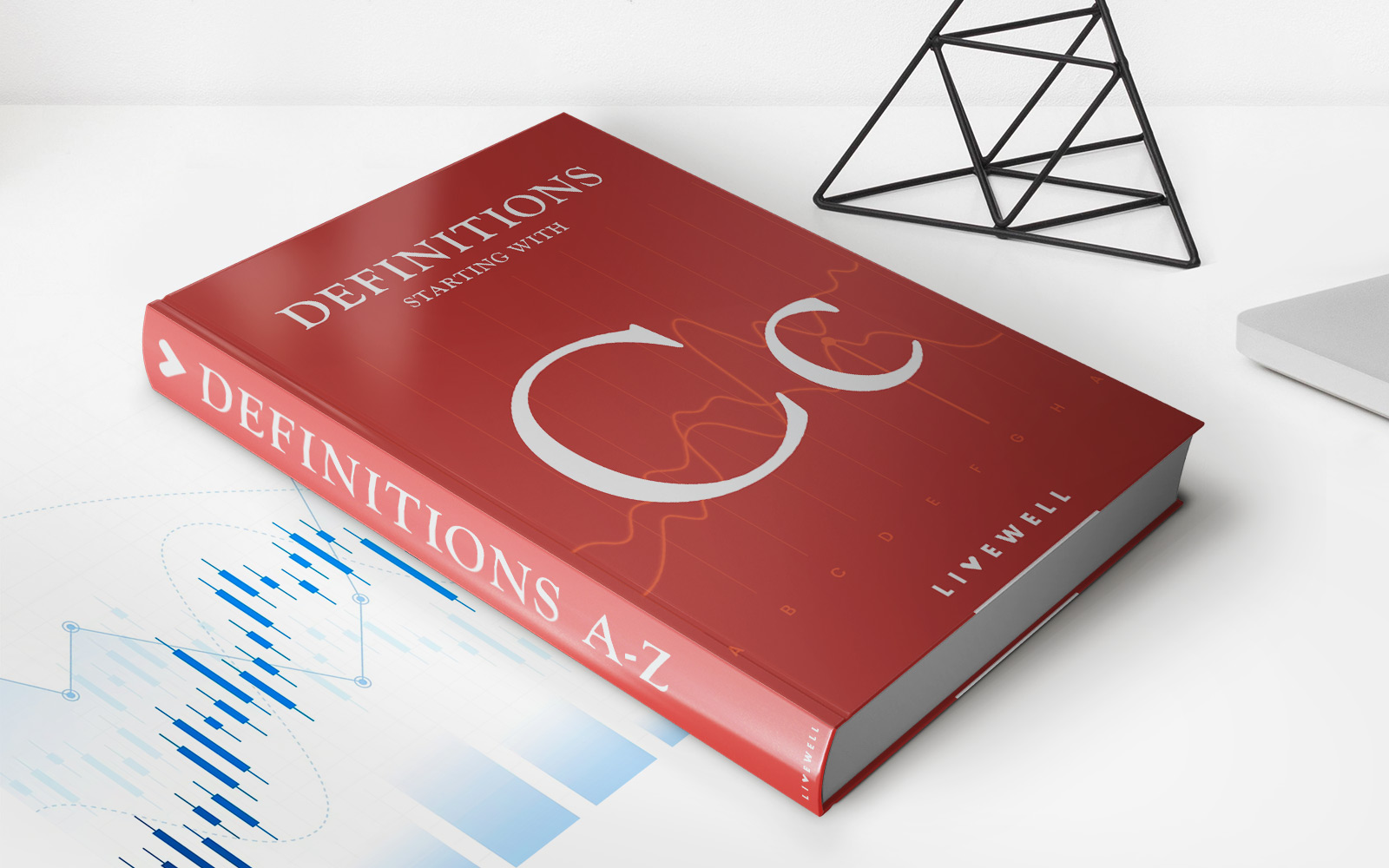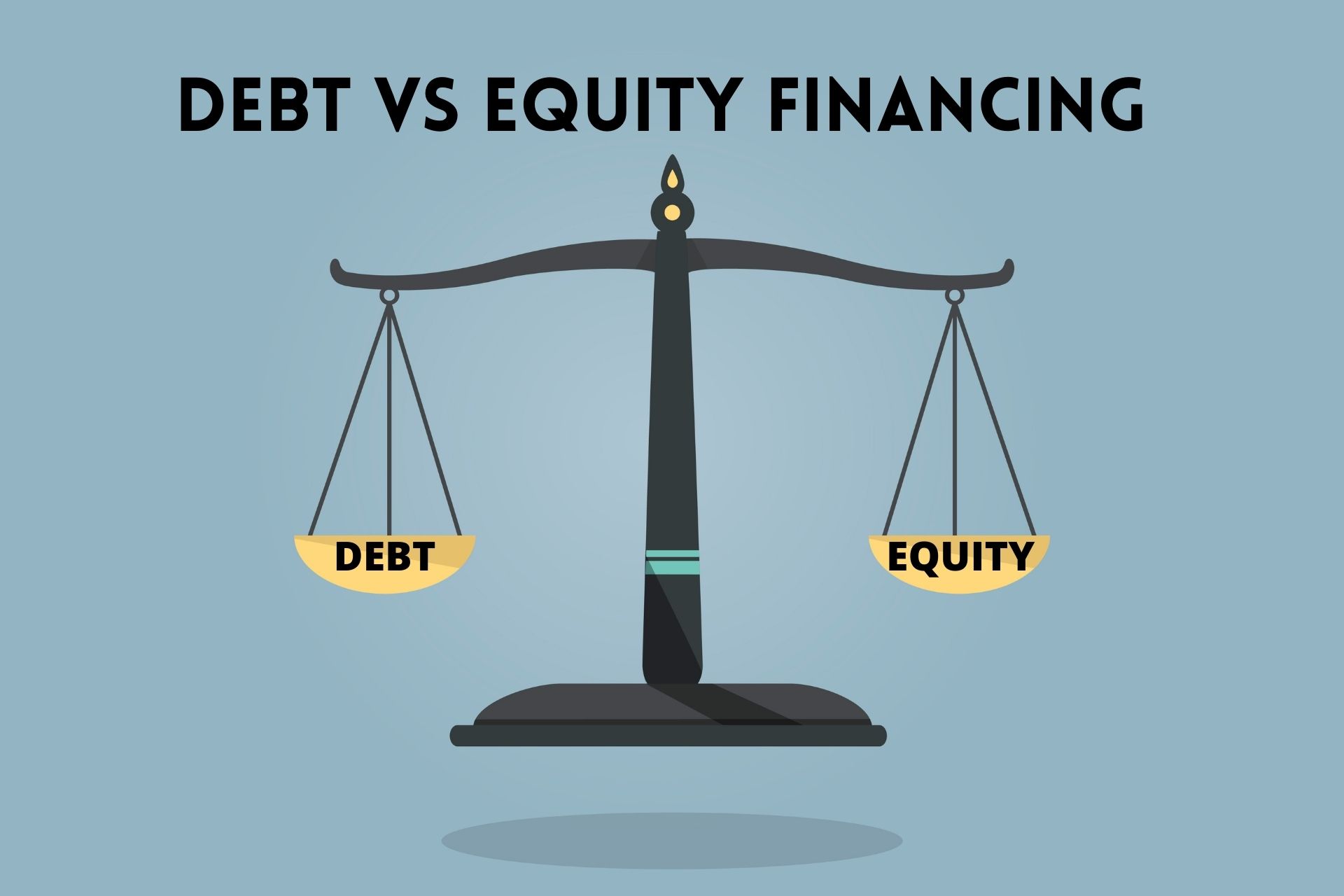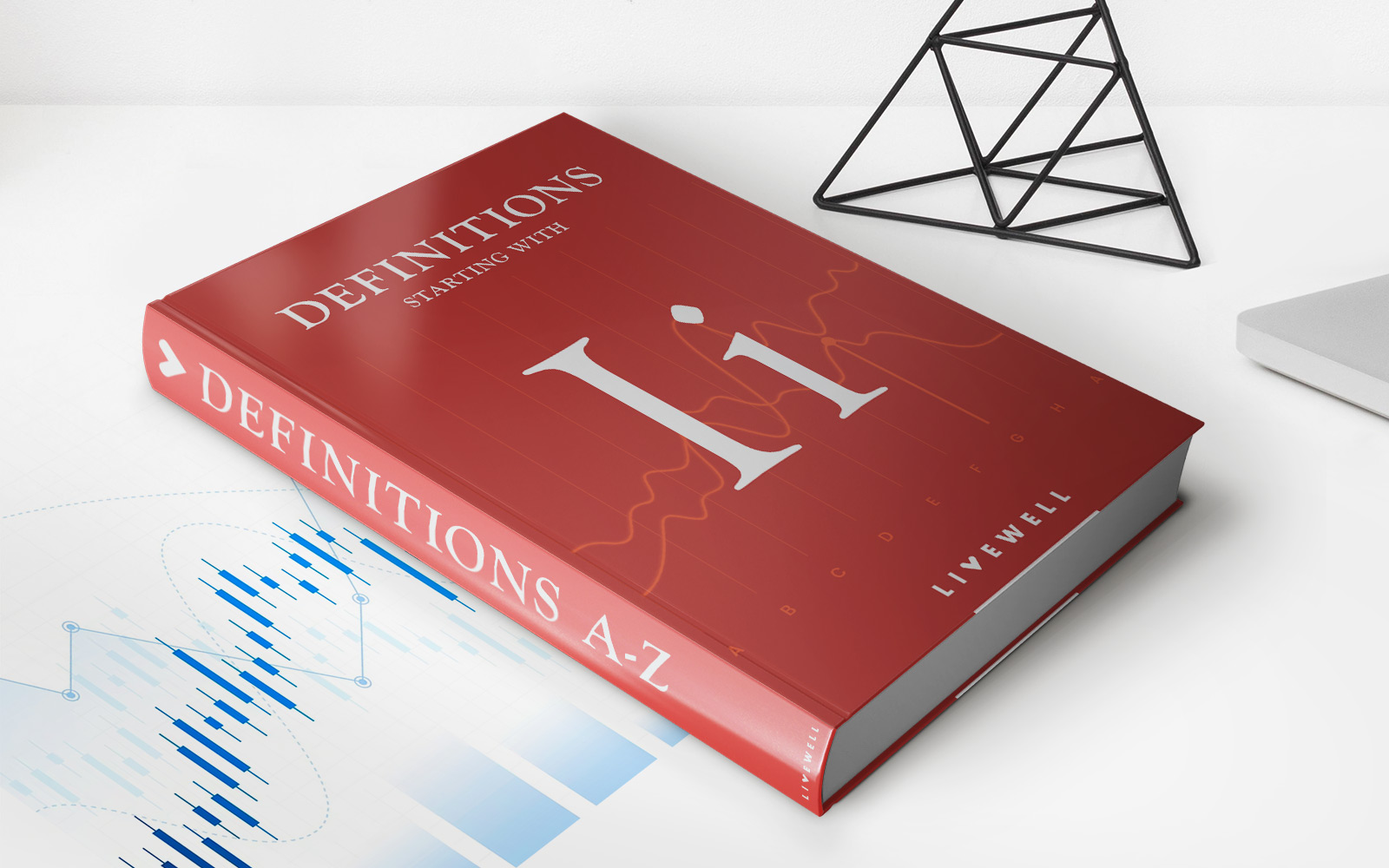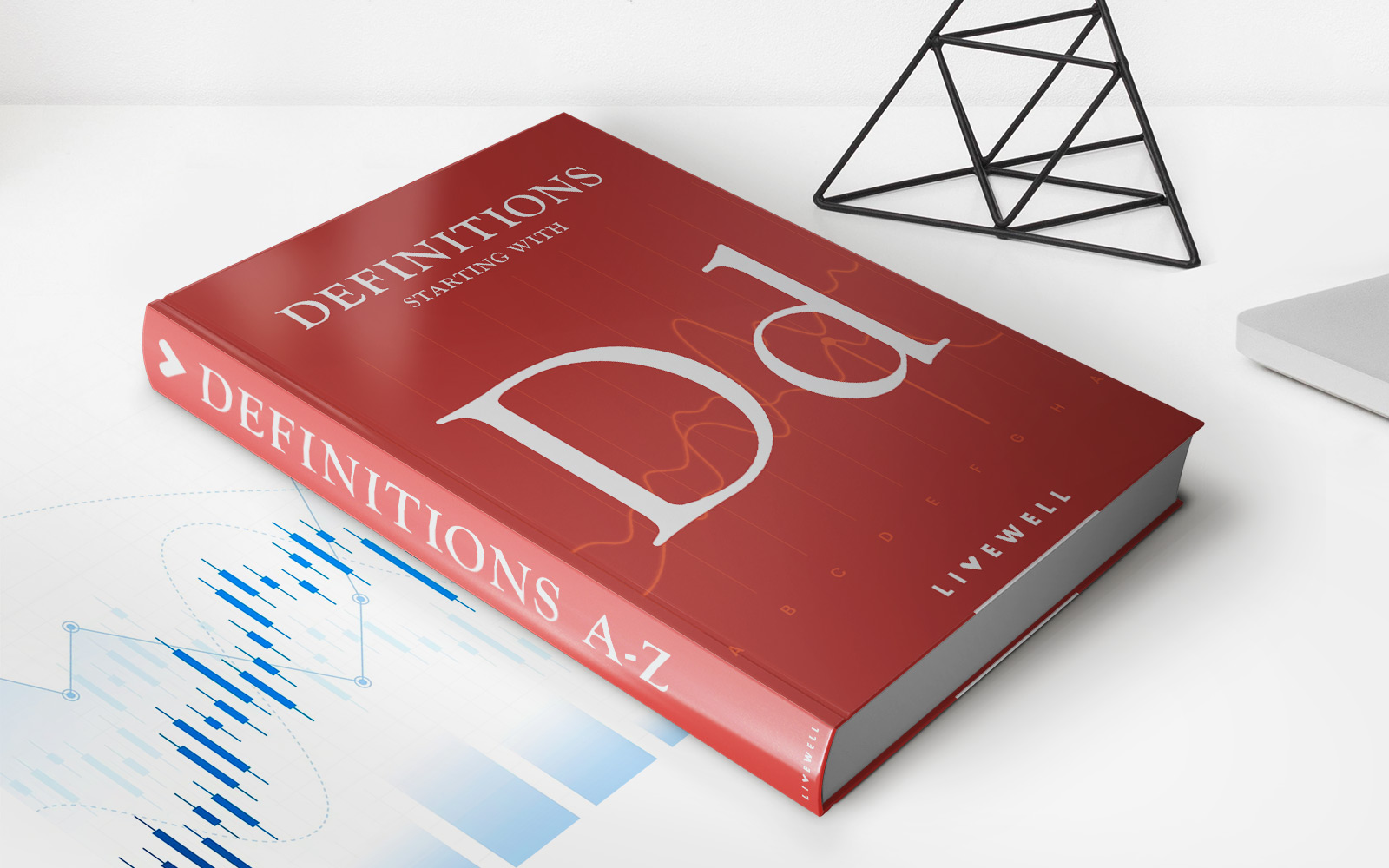Home>Finance>Put-Call Parity: Definition, Formula, How It Works, And Examples


Finance
Put-Call Parity: Definition, Formula, How It Works, And Examples
Published: January 14, 2024
Learn the definition, formula, and examples of put-call parity in finance. Understand how it works to effectively manage your investments.
(Many of the links in this article redirect to a specific reviewed product. Your purchase of these products through affiliate links helps to generate commission for LiveWell, at no extra cost. Learn more)
Put-Call Parity: Definition, Formula, How it Works, and Examples
Welcome to our Finance category! In this blog post, we will dive into the fascinating world of Put-Call Parity. If you’ve ever wondered how options pricing works or wanted to understand the relationship between put and call options, you’ve come to the right place! So, let’s roll up our sleeves and explore this essential concept in the world of finance.
Key Takeaways:
- Put-Call parity is an important principle in options trading and helps determine the fair pricing of options.
- It is based on the idea that a combination of a long call option and a short put option with the same strike price and expiration date is equivalent to owning the underlying asset.
What is Put-Call Parity?
Put-Call Parity is a fundamental concept in options trading that establishes the relationship between put and call options with the same strike price and expiration date. According to the principle, the combination of a long call option and a short put option should be equivalent to owning the underlying asset. This equates to a risk-free investment position.
The Put-Call Parity formula can be expressed as:
Call Price – Put Price = Stock Price – Strike Price
This formula highlights the relationship between the call price, put price, stock price, and strike price. It allows traders to determine the fair pricing of options and identify potential arbitrage opportunities in the market.
How Does Put-Call Parity Work?
To understand how Put-Call Parity works, let’s walk through an example:
Imagine you own a call option with a strike price of $50 on a stock that is currently trading at $55. At the same time, there is a put option on the same stock with a strike price of $50 and an expiration date in the future. According to Put-Call Parity, the combined value of these two options should be equal to the difference between the stock price and the strike price.
If the value of the call option is $7 and the value of the put option is $2, the equation would look like this:
$7 (Call Price) – $2 (Put Price) = $55 (Stock Price) – $50 (Strike Price)
Therefore, in this scenario, the Put-Call Parity principle suggests that the combined value of the call and put options is $5, which is the difference between the stock price and the strike price.
Put-Call Parity Examples
Let’s explore a couple of examples to solidify our understanding of Put-Call Parity:
-
Example 1:
Suppose you own a call option with a strike price of $100 on a stock that is currently trading at $105. Simultaneously, there is a put option on the same stock with a strike price of $100 and an expiration date in the future. If the value of the call option is $8 and the put option is valued at $4, according to Put-Call Parity, the combined value of these options should equal the difference between the stock price and the strike price, which is $5. In this case, the principle holds true since $8 – $4 = $105 – $100.
-
Example 2:
Let’s consider a scenario where the call option is priced at $10, and the put option is priced at $6. If the stock is currently trading at $95, with a strike price of $100, we would apply the Put-Call Parity formula. According to the principle, the combined value of the call and put options should equal the difference between the stock price and the strike price, which is -$5. In this case, the principle does not hold true since $10 – $6 ≠ $95 – $100.
These examples illustrate how Put-Call Parity can help traders assess option values and identify potential mispricings in the market.
Conclusion
Put-Call Parity is a critical principle in options trading that provides insight into the fair pricing of options and helps identify potential arbitrage opportunities in the stock market. By understanding this concept, traders can make more informed investment decisions and capitalize on potential market inefficiencies.
We hope this blog post has shed some light on the fascinating world of Put-Call Parity. Remember to apply this principle with caution and conduct thorough analysis before making any investment choices. Stay tuned for more exciting finance-related topics in our Finance category!
We hope you found this article helpful! If you have any questions or want to share your thoughts, please feel free to leave a comment below. Happy exploring!
